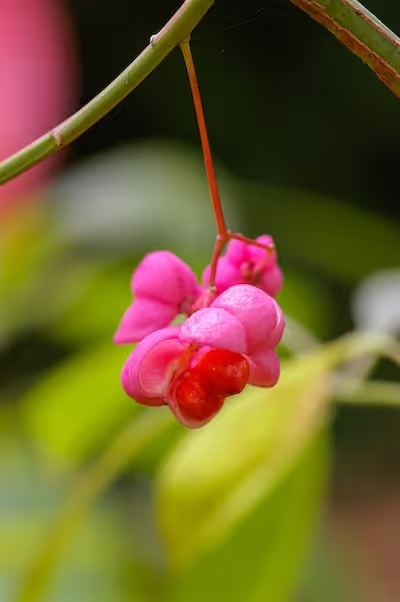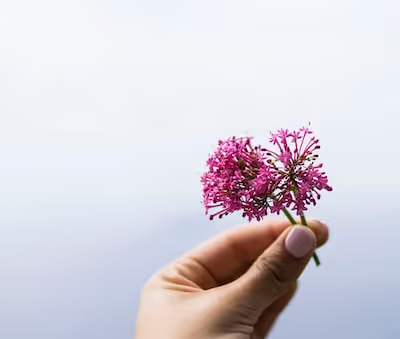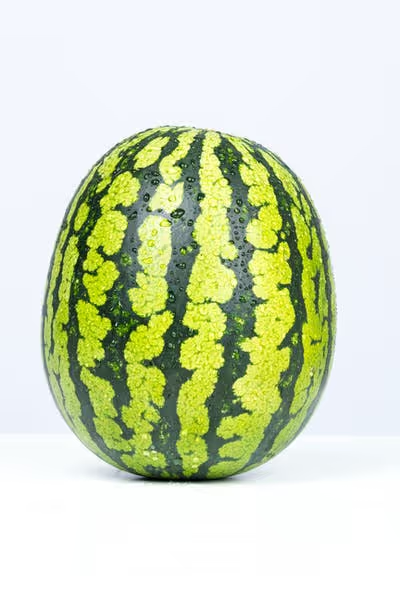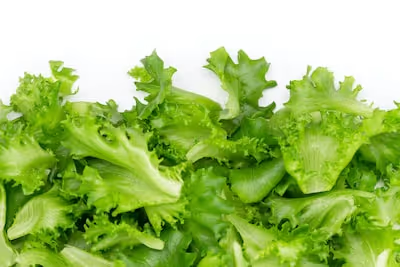Growing Dock at Home: 7 Simple Steps for Garden Success
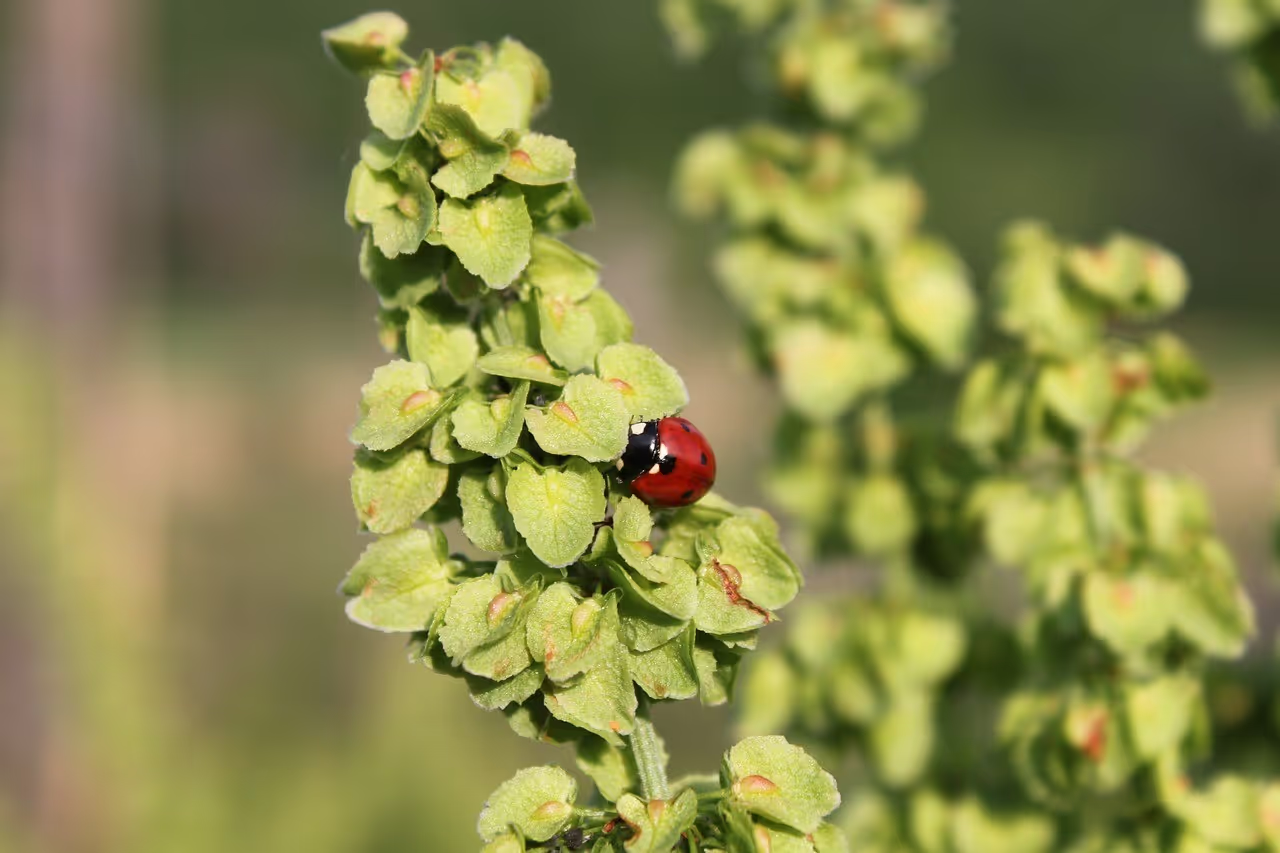
Growing Dock
Start growing dock at home to enjoy nutritious greens and medicinal roots right from your backyard. Choose a sunny, well-draining spot, plant dock seeds or seedlings in rich soil, then water consistently to encourage steady growth. Growing dock rewards gardeners with hearty harvests and minimal upkeep—read on to learn seven simple, straightforward steps to get you started.
Cheatsheet: Fast Steps for Homegrown Dock
🌱 Choose Site
Dock prefers full sun but tolerates part shade. Pick well-drained, moist soil. pH: 6.0–7.0. Avoid waterlogged spots.
🪴 Prep Soil
Loosen top 8" (20cm). Mix in compost or aged manure. Remove weeds.
🌾 Sow Dock Seeds
Direct sow after last frost (spring or fall). Plant 1/4" (0.5cm) deep, 2" (5cm) apart. Thin to 12" (30cm) when seedlings show 2 leaves.
💧 Water & Mulch
Keep soil moist, not soggy. Add 2" (5cm) organic mulch to retain moisture and suppress weeds.
🍃 Feed & Tend
Dock rarely needs extra fertilizer. Remove flower stalks to extend leaf harvest. Watch for slugs.
✂️ Harvest
Begin picking outer leaves at 4" (10cm) high—usually 35–50 days after sowing. Cut, don’t pull. Harvest younger leaves for milder flavor.
🥗 Nutrition & Uses
- Vitamin C, A, iron powerhouse.
- Use raw in salads, or cook like spinach.
- Perennial: returns yearly, boosts self-sufficiency.
🧰 Tools and Products You'll Need
- Dock seeds
- Hand trowel
- Compost or fertilizer
- Watering can
- Mulch material
- Garden scissors
-
Growing Dock at Home: 7 Simple Steps for Garden Success
I treat Growing Dock like setting a deep anchor, since Rumex plants root like they mean it. Choose the right species, then give it a spot you control.
For tender greens, I favor Rumex patientia known as patience or spinach dock, while R. obtusifolius and R. crispus run more rugged. Full sun fuels growth, partial shade mellows flavor.
Hardiness runs wide in my beds, roughly USDA Zones 4 to 9 with winter mulch. Soil pH between 5.5 and 7.0 keeps leaves lively.
Step 1: Pick the site with containment in mind
Dock loves moisture and will tolerate clay, though it sulks in standing water. I give it a downwind corner where I can clip flower stalks before seed set.
In containers, I use at least a 5 gallon pot, 19 liters, 12 inches deep, 30 cm, for the taproot. A fabric pot breathes and curbs soggy mix.
Step 2: Prep soil like a salad, light and clean
I broadfork compacted beds, then work in 1 to 2 inches, 2.5 to 5 cm, of compost. A light handful of balanced organic fertilizer at planting is plenty.
Mulch 2 inches, 5 cm, to hold moisture and reduce grit splash. I leave a small collar around the stem to prevent rot.
Step 3: Sow or plant with respect for the taproot
Dock resents transplanting, so I direct sow at 55 to 70 F, 13 to 21 C, 1/4 inch deep, 6 mm, and keep soil evenly damp. Germination takes 7 to 21 days for me, faster in warm, steady weather.
Space seedlings to 12 to 18 inches, 30 to 45 cm. If I must start in cells, I transplant very young with the root intact and minimal disturbance.
Step 4: Water steady, feed modestly
I aim for 1 inch, 25 mm, of water weekly, more in dry heat. Overfeeding with nitrogen makes leaves harsh and pushes seed stalks early.
Top dress with compost midseason instead of heavy liquid feeds. Dock rewards restraint with cleaner flavor.
Step 5: Thin, weed, and block escape routes
I thin to a single strong plant per station, then hand weed while roots are small. Before summer, I patrol for bolting spikes and cut them young.
“A single curly dock can shed tens of thousands of seeds that persist for years in soil seed banks.” USDA plant profiles and multiple extension weed guides echo this warning.
To be safe, I bag seed heads rather than compost. Landscape fabric or a root barrier keeps volunteers from colonizing paths.
Step 6: Harvest for flavor, not bragging rights
Baby leaves taste bright at 4 to 6 weeks, while older leaves go stronger and more tannic. I cut outer leaves and leave the crown for regrowth, cut and come again.
Dock contains oxalates like sorrel and spinach, so I blanch and discard the water if serving big handfuls. People with a history of kidney stones should go light and consult a clinician.
“Boiling or blanching leafy greens reduces soluble oxalate content by 30 to 80 percent.” Reported in peer reviewed nutrition studies and echoed by university extensions.
Step 7: Tidy for winter and renew the clump
I shear plants to 2 inches, 5 cm, in late fall and mulch with leaves. In year two or three, I divide the crown with a sharp spade and replant only what I can manage.
Pest pressure stays low for me, although dock leaf beetles can skeletonize leaves. I remove infested leaves, encourage birds, and keep the patch aerated.
Quick specs for Growing Dock
- Type: Hardy perennial leafy green, Rumex spp.
- Light: Full sun to partial shade
- Soil: Moist, well drained loam or clay loam, pH 5.5 to 7.0
- Spacing: 12 to 18 inches, 30 to 45 cm
- Germination: 7 to 21 days at 55 to 70 F, 13 to 21 C
- Harvest: Baby leaves at 4 to 6 weeks, older leaves anytime before flowering
Best choices for home gardeners
- Patience dock, Rumex patientia: Mild, spinach like, reliable in cool springs, sold as seed or divisions.
- Broadleaf dock, R. obtusifolius: Hearty and productive, stronger flavor, control seed heads.
- Curly dock, R. crispus: Thin leaves with a pleasant sour edge when young, very seedy if neglected.
- French sorrel, R. scutatus: A close cousin with lemony leaves, a tidy alternative if seed spread worries you.
I source certified seed with a posted germination rate. For divisions, I buy from clean stock and quarantine two weeks for hitchhikers.
Dock vs sorrel vs chard
- Flavor: Dock runs earthy and slightly sour, sorrel runs bright lemony, chard runs mild and sweet.
- Use: Dock for soups, stews, and stuffed pies, sorrel for sauces and salads, chard for sauté and grills.
- Care: Dock tolerates rough soil and light neglect, sorrel prefers steady moisture, chard likes rich beds.
Common problems and how I fix them
- Bolting in heat: I harvest harder, give afternoon shade, and keep water steady.
- Leaf spots or rust: I space wider, pick affected leaves, and avoid wetting the canopy late in the day.
- Slugs and snails: I run copper bands on containers and set out beer traps at dusk.
- Dock leaf beetle: I hand squash clusters and invite predators with mixed flowers nearby.
- Self seeding: I cut spikes at 12 to 18 inches, 30 to 45 cm, before the seed coat browns.
Container method for small spaces
I mix 60 percent compost, 30 percent peat free fiber or coco, and 10 percent mineral grit. A deep pot, 12 inches, 30 cm, with a saucer keeps moisture even without waterlogging.
Feed lightly every 4 to 6 weeks with a balanced organic liquid. Rotate the pot half turn weekly to keep growth even.
Culinary notes from my kitchen
Dock shines in a green borscht, with potatoes and dill, or folded into eggs off a low flame. I sauté leaves in butter, splash with cream, then finish with lemon to round the oxalic bite.
For a market bunch, I harvest at dawn, dunk in cold water, spin dry, and chill fast at 34 F, 1 C. Leaves hold 3 to 5 days in a perforated bag.
Buying guide and useful kit
- Seed: Choose fresh lots stamped with recent test dates and clear germination percentage.
- Transplant tools: A long dibber or narrow trowel keeps the young root straight on planting.
- Soil test: A basic pH and nutrient test saves guesswork before you feed.
- Barrier and mulch: Natural burlap or landscape fabric helps manage volunteers near paths.
- Harvest: A thin, sharp knife or shears avoids tearing the crown so regrowth stays quick.
FAQs I get about Growing Dock
Is it invasive in gardens? It can be, so I prevent seed set and pull volunteers while tiny.
Can I grow it all year? In mild winters I harvest sporadically, otherwise I mulch and pick up again early spring.
Can I eat the roots? Some traditions do, yet they run astringent and medicinal, so I stick to leaves and always moderate portions.
Field notes and small truths
I have watched dock punch through tired clay where even kale stalled. It thrives on tough love, then pays back with baskets of greens when spring still bites.
As the ethnobotanist Terence McKenna would have smiled, plants like these teach patience. I listen, then I sharpen my knife and make soup.
Citations and trusted references
- USDA NRCS Plant Guide and profiles for Rumex species, seed longevity and spread potential.
- Royal Horticultural Society, fruit and vegetable cultivation notes for sorrel and related Rumex greens.
- Multiple university extension publications on oxalates in leafy greens and reduction through blanching, including nutrition departments that tested cooking methods.
- Weed science handbooks and pasture management guides that document dock seed production and seed bank longevity.
Frequently Asked Questions About Growing Dock at Home
What soil suits dock plants best?
Dock plants demand well-draining soils enriched with organic matter. They tolerate various soil types but truly thrive in slightly acidic to neutral conditions (pH around 6.0 to 7.0). Avoid overly soggy or compacted earth to ensure vigorous growth.
How often should dock plants be watered?
Moderate watering keeps dock content. Water consistently to maintain moisture in the soil without creating waterlogged conditions. Allow the soil surface to dry slightly between waterings—overindulgence invites trouble.
Does dock require full sun or shade?
Dock flourishes when bathed in full sun to partial shade. Providing at least 4-6 hours of direct sunlight daily catalyzes optimal leaf and flavor development, though partial shade can be tolerated gracefully if sun proves elusive.
Should dock plants be fertilized regularly?
Periodic nourishment with a balanced, organic fertilizer strengthens dock's vitality. Feed sparingly—once or twice during the growing season proves adequate. Overfeeding dulls flavor intensity and softens its tenacity.
How can gardeners propagate dock plants?
Propagation transpires best through seeds or root division. Scatter seeds directly into loosened soil in early spring or late autumn, or divide mature dock clumps carefully, replanting them promptly. Both methods yield vigorous new specimens.
Are dock plants susceptible to pests or diseases?
Dock plants exhibit robust resistance to most pests. Occasionally, aphids or slugs may pay unwelcome visits. Combat these invaders with natural repellents—garlic or neem oil sprays suffice—and maintain plant health to prevent disease.
When is ideal harvest time for dock leaves?
Harvest dock leaves frequently when young and tender—typically from spring through midsummer. Snip regularly to encourage fresh, flavorful growth, avoiding older leaves that acquire bitterness and toughness with age.
Growing dock throws you straight into the heart of real food gardening—no ego, just rich greens and honest flavors. Treat your soil right, give dock consistent moisture, and this tough perennial just keeps on giving. Don’t be shy with those early cuttings. Pick leaves young for the best taste, and keep an eye out for bolting as the days warm up. Need more leafy inspiration? Give Swiss chard or kale a shot—both are champions in their own right. Dock is proof you don’t need rare seeds or high drama to get kitchen-worthy greens: you just need patience, water, and a little respect for what the earth can do.
The Homesteader's Guide to Growing Dock for Self-Sufficient Living
Dock Varieties Preferred by Homesteaders
- Curly Dock (Rumex crispus): Hardy perennial; nutrient-rich leaves for salads and soups.
- Broadleaf Dock (Rumex obtusifolius): Young leaves tender; excellent cooked or steamed.
Maximizing Nutritional Benefits
Dock leaves contain high levels of vitamins A, C, and K, plus minerals including iron, potassium, and magnesium. Harvest young leaves at 4–6 inches (10–15 cm) for best flavor and nutrient density.
Medicinal Uses at Home
- Digestive Support: Dock leaf tea boosts digestion and aids mild constipation relief.
- Skin Soothing: Crushed fresh dock leaves soothe stings, insect bites, and minor skin irritation.
Preserving Dock for Year-Round Use
- Drying: Suspend dock leaves upside-down in shaded, ventilated area; store dried leaves for teas and seasoning.
- Freezing: Blanch leaves for 60 seconds, cool quickly, drain, freeze flat in airtight containers up to 12 months.
Dock Companion Planting Tips
- Beneficial Near Fruit Trees: Dock deeply mines soil nutrients, redistributing them to surrounding fruit trees after trimming leaves.
- Pollinator-Friendly: Allow dock to flower; attracts beneficial pollinators like bees and hoverflies to enhance garden productivity.
Practical Uses Beyond Food
- Natural Dye: Roots yield yellow-brown color suitable for fabrics or yarn.
- Animal Feed Supplement: Chickens and rabbits safely consume dock leaves in moderation, bolstering overall dietary variety.
Find out which plants will thrive in your garden!
Answer a few fun questions and get custom plant recommendations perfect for your space. Let’s grow something amazing together!

start your season


